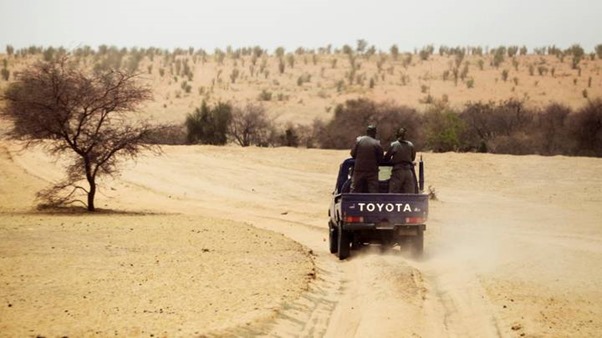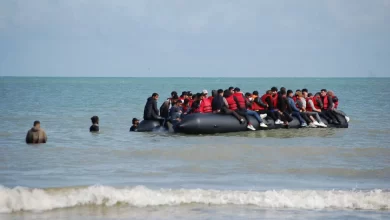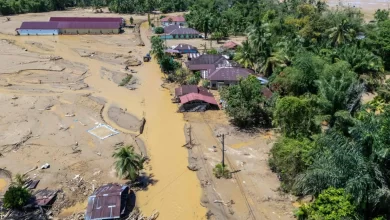Malians Suffer Under High Temperatures

In Mali’s capital Bamako, Aboubacar Pamateck runs a scarf under a trickle of water and wraps it around his head to cope with the West African nation’s soaring heat.
Africa’s Sahel region experienced a deadly heatwave in early April, exceptional both in terms of duration and intensity.
“I drink a lot of water and wear my turban, which often gets wet,” Pamateck said. “I even avoid wearing nylon boubous. I prefer to wear small cotton boubous to avoid the heat.”
From April 1 to April 5, temperatures in Mali exceeded 45 degrees Celsius (113 degrees Fahrenheit) and peaked at a record 48.5C in the western city of Kayes.
A few days later, the thermometer fell back to a more familiar but still difficult 43 degrees at midday in the shade in Bamako.
As the sun beats down on the capital’s streets, residents suffocate in airborne dust.
“It is very difficult in this heat,” motorbike taxi operator Ousmane Diarra said. “But we have to work like this.”
Mali is ill-equipped to cope with heatwaves.
April’s blast would not have occurred without human-induced climate change, according to a World Weather Attribution (WWA) study.
And such episodes are set to intensify because of climate change, caused Mali frequently suffers from electricity cuts due to run-down power stations and the heavy debt the national energy company carries, making it hard to rely on fans or air conditioners.
“At night, I sleep on the roof with my family,” Pamateck said.
“I have even bought (handheld) fans that I give to my family so that they can ventilate themselves frequently. It is necessary.”
As well as being difficult to live and work in, heatwaves are amongst the “deadliest natural disasters”, according to the WWA.
by greenhouse gas emissions, the report added.



